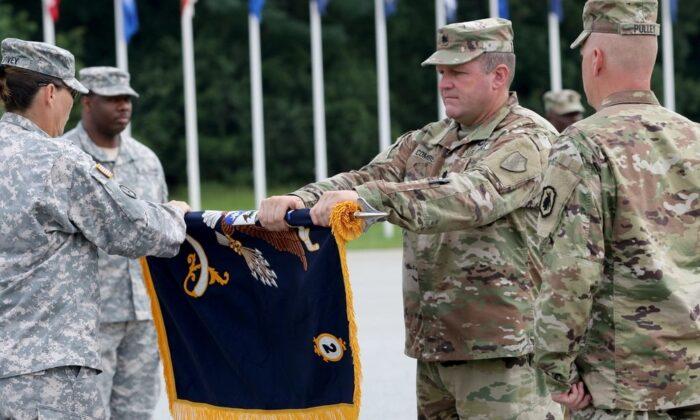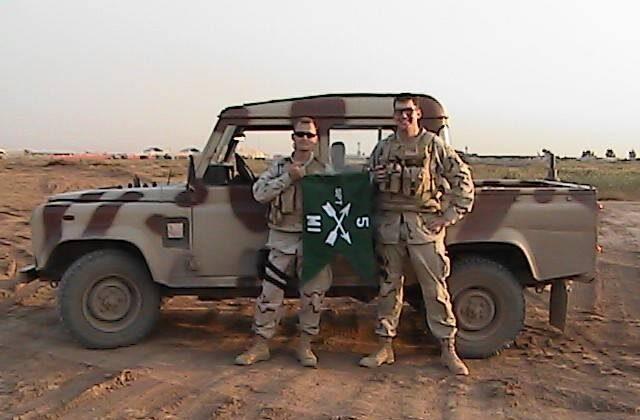“Toxic” leaders are bad, but they’re not the worst kind of leaders out there. The absolute worst leaders are “radioactive.”
* * *
I’ve been blessed over the course of my career to know many excellent leaders. During my time as an infantry platoon leader in the 101st Airborne Division, I had my first platoon sergeant, Sergeant First Class Ellery Edwards, and Captain Brett Jenkinson, my company commander. Years later, there were General Stanley McChrystal and Admiral William McRaven from my time in Joint Special Operations Command. After that were Colonels Cindy Jebb, Suzanne Nielsen, Scott Halstead, and Pat Howell from my time teaching at West Point. And there are, of course, too many others to mention.“... toxic leadership, which is defined as a combination of self-centered attitudes, motivations, and behaviors that have adverse effects on subordinates, the organization, and mission performance. To be classified as toxic, the counterproductive behaviors must be recurrent and have a deleterious impact on the organization’s performance or the welfare of subordinates. An exacerbating factor may be if the behaviors demonstrate selfish reasons such as elevating one’s own status, grabbing power, or otherwise obtaining personal gain. Counter-productive leadership behaviors prevent the establishment of a positive organizational climate, preclude other leaders from fulfilling their requirements, and may prevent the unit from achieving its mission. They will lead to investigations and, potentially, removal from position or other punitive actions.”
Unfortunately, toxic leaders are so widespread in the Army that there are even specific doctrinal categories for them:
“(1) Incompetent managers. They possess inadequate cognitive or emotional fitness or have inadequate prior experience to function at their level. They cannot move from the tactical to the strategic level when so required. They cannot make sound decisions on time. (2) Affable non-participant. These leaders are interpersonally skilled and intellectually sound, but incapable of taking charge, making decisions, providing timely guidance, and holding subordinates accountable. They provide minimal guidance, avoid decisions, are fond of committees, meetings, visitors, and often lack passion or creativity. (3) Insensitive driven achiever. These leaders are usually bright and energetic and consumed by need for unit accomplishment and its attendant recognition. They often provide impressive short term results, but create a frenzied, micro-managed climate. They are frequently inattentive to the morale of their organization. (4) Toxic self-centered abuser. These leaders are also usually bright and energetic, as well as goal-oriented and boss-focused. Capable of producing spectacular short term results, but are arrogant, abusive, intemperate, distrusting, and irascible. They are typically distrusting micro-managers never burdened by introspection. (5) Criminal. These individuals may be energetic, bright, and sometimes charismatic. However, they cheat, lie, steal, defraud, and assault.”
To sum up, toxic leaders are a special kind of bad boss and it is difficult to proactively stop them because they poison their own organizations and the careers of their subordinates. Radioactive leaders do the same things, but there’s a difference in both intensity and duration. That’s because radioactive leaders operate on a whole other level than toxic leaders. Whereas toxic leaders tend to only infect their organizations during the time that they are in charge, the damage that a radioactive leader causes is far more widespread.
If a toxic leader is like a tornado ripping through the organizational equivalent of a trailer park, then a radioactive leader is like Chernobyl. Toxic leaders and radioactive leaders both hurt people and organizations, but the latter is far more damaging for a far longer period of time. It’s hard enough to clean up the damage after a tornado, but it can usually be done quickly and the damage to people’s lives is usually localized. And of course, when the tornado is gone, the damage stops.
Radioactive leaders, though, cause damage that lingers, both in the organization and in the careers of that leader’s subordinates, long after the leader moves on. Even worse, their radioactive traits are carried to other units by the subordinates, who can then spread those radioactive practices and infect others in other units.
In my experience, many toxic leaders don’t really know that they are toxic. Sometimes, these types of people genuinely believe that they are, at worst “demanding” leaders with “high expectations.” Most radioactive leaders, on the other hand, know what they are doing. They seek self-advancement above all things. They often deliberately work against their subordinates or their organizations. The worst part is, paradoxically, that they are often rewarded for their malfeasance.
The best way to deal with a radioactive leader is the same way you’d deal with anything radioactive: do what you can for your subordinates, your unit, and your mission; protect yourself; stay as far away it as you can; and call in the experts to help you dispose of it in the quickest and most efficient manner possible. And whatever you do, don’t allow “toxicity” or “radioactivity” at the workplace turn you into the same kind of leader that you hate.





